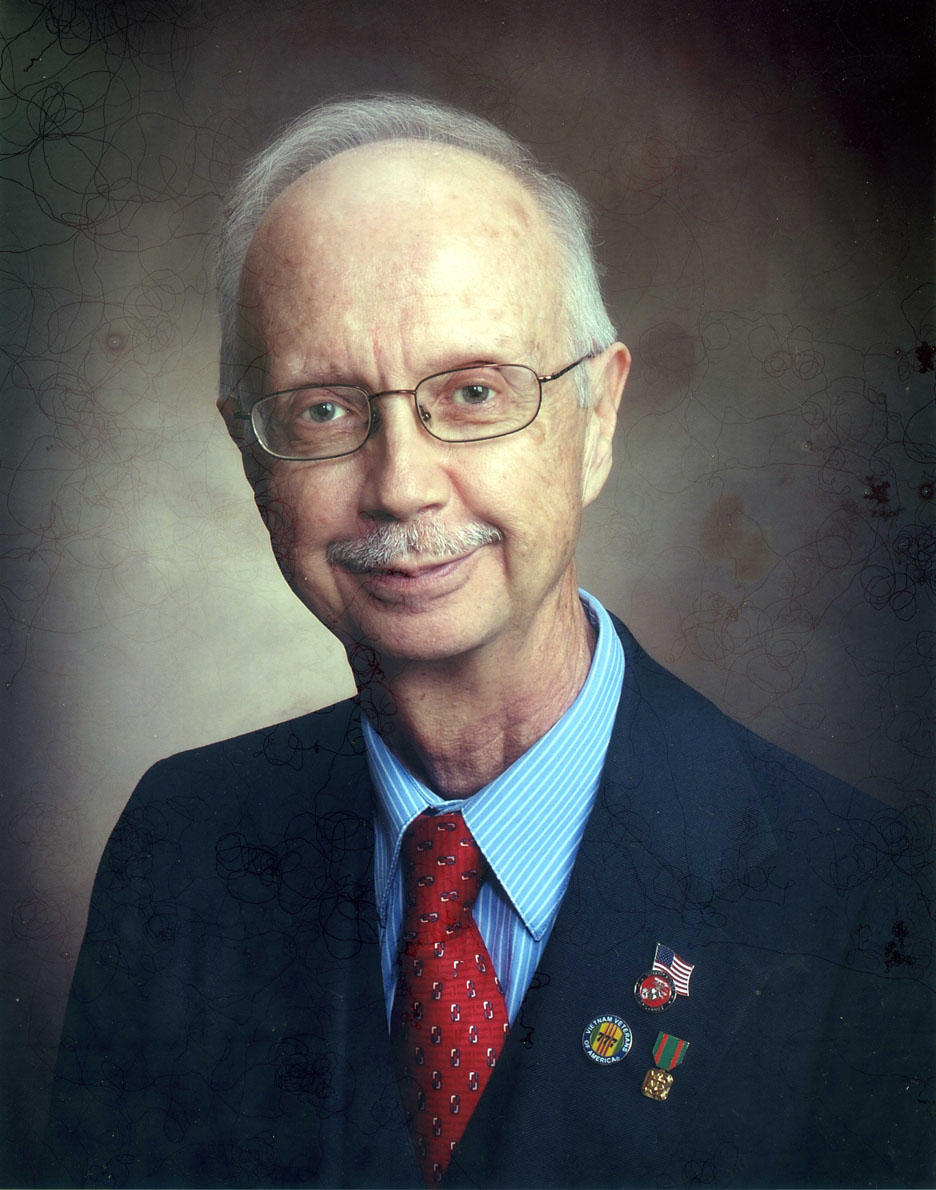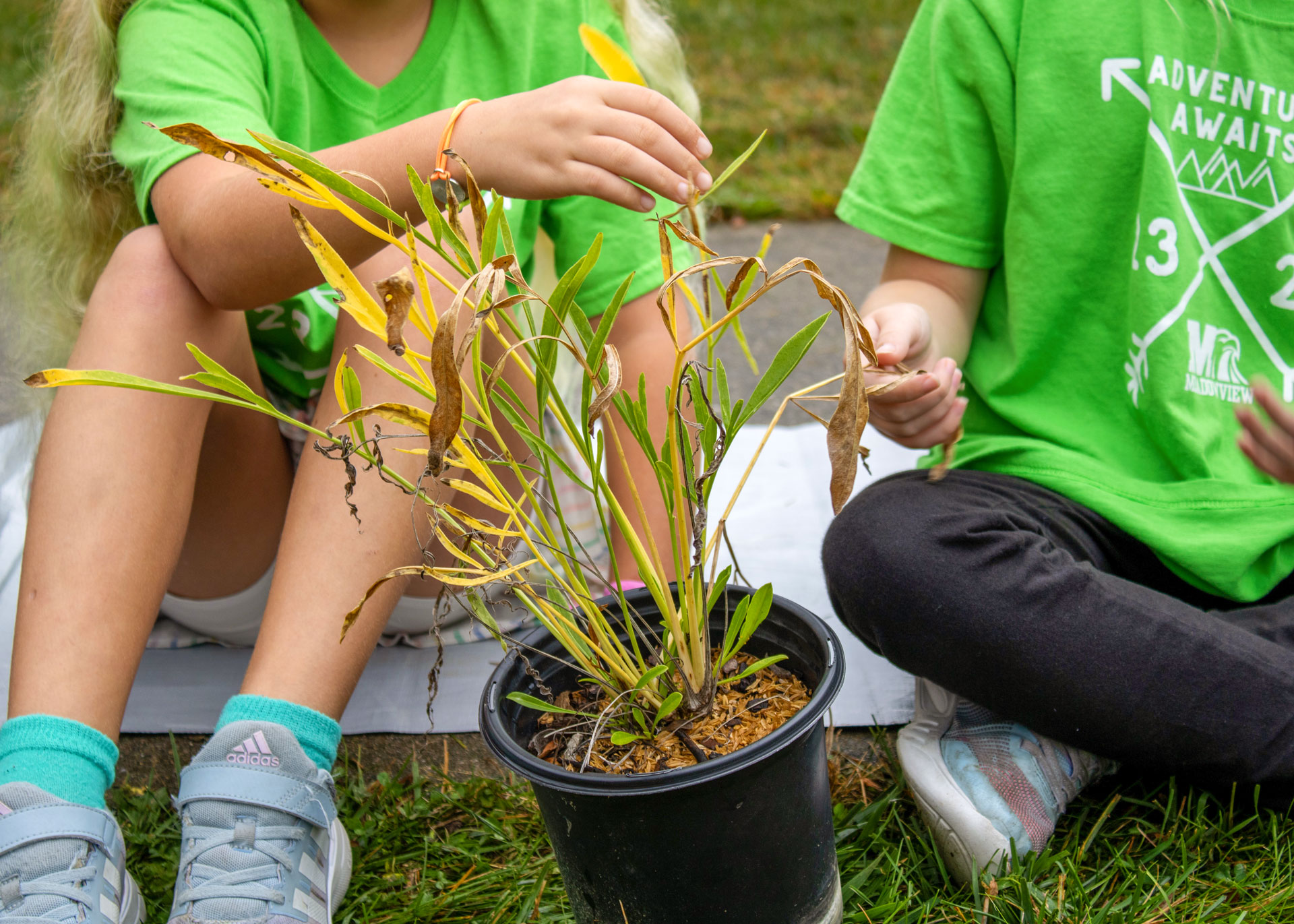A story by Tracy Vonder Brink on Robert Kincses. This article is also featured in the August 8, 2025, issue of The Ripple.
Click here to subscribe to this monthly e-newsletter!
Spending his retirement on a golf course doesn’t suit Robert Kincses. Instead, he’s taken on projects that include everything from restoring green space for Dayton-area veterans to working against fracking in Ohio. Robert’s efforts have earned him a Philo Festival of Media Arts Award and a Sinclair Alumni Association Service Award, and he was inducted into the Ohio Veterans Hall of Fame in 2014. Read about how this Vietnam-era veteran helps his community and his advice for anyone who wants to do the same.
Robert Kincses has been involved in so many projects that listing them all becomes a challenge. In some ways, he’s following in his mother Susie’s footsteps: She was a self-taught naturalist and a founding member of the environmental group Save Our Land of Preble County. Her death in 2003 was a dark time in Robert’s life, and he turned to volunteerism as an outlet and as a way to give back to the community.
As a Vietnam-era veteran, he wanted to do something to help other veterans, so he began volunteering at the American Veterans Heritage Center (AVHC), a nonprofit dedicated to preserving the history of the Dayton VA Medical Center. That led to his being made an AVHC Trustee. The AVHC felt the large garden area at the medical center, called the Grotto Gardens, desperately needed attention. Robert was asked to head up the restoration project.
The Grotto Gardens were once the centerpiece of the Dayton VA Medical Center, which began life as the Dayton Soldiers’ Home. Called the “Mother Home,” the 388-acre facility was built after the Civil War as a place where wounded veterans could live while they healed and learn new job skills. Seventy-five Civil War veterans worked to beautify the home’s grounds and create a healing garden under the direction of a gardener and landscape designer. When they were finished, the Grotto Gardens’ lakes, groves, and lawns were so beautiful that they became a tourist destination: 660,000 people visited in 1910.
As the years passed, the soldiers’ home transitioned to a veterans’ medical center. The gardens were gradually overrun by invasive plants and fell into disrepair. When Robert was asked to take on the project, he remembers the gardens as being an eyesore, but he found inspiration in why they were created. He wanted to return them to a place where veterans and their families could find comfort and healing. To do that, he knew he needed expert help—and a lot of it—so he reached out to the OSU Extension Master Gardener Volunteer Program and to the Montgomery County Master Gardener Association. Restoration began in 2012, and countless volunteers spent hundreds of hours cutting back the overgrowth, removing invasive plants, and adding new trees, shrubs, and flowers—some of which came from the master gardeners’ own collections.
A year later, a formal ribbon-cutting unveiling the restoration. Robert has been so proud of the work done on the Grotto Gardens that he’s spearheaded efforts for federal recognition. “I’m a person who feels that there are many means and methods to get the word out,” he says. In 2016, the Advisory Council on Historic Preservation honored the gardens and the volunteers who restored them with the Chairman’s Award for Achievement in Historic Preservation. In 2019, Grotto Gardens was included in the “Celebrating New American Gardens” exhibit at the UnitedStates Botanic Garden in Washington, D.C.












